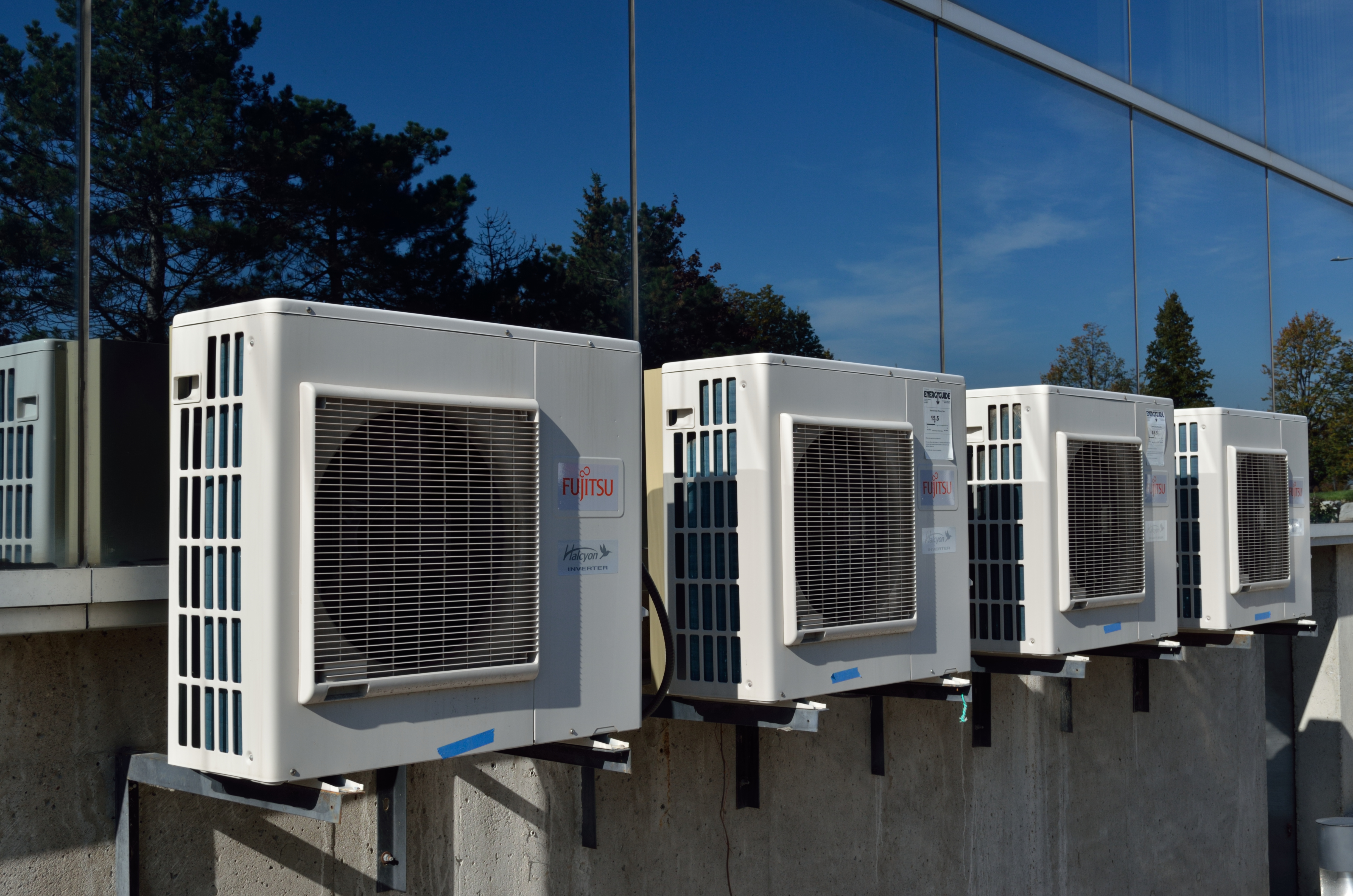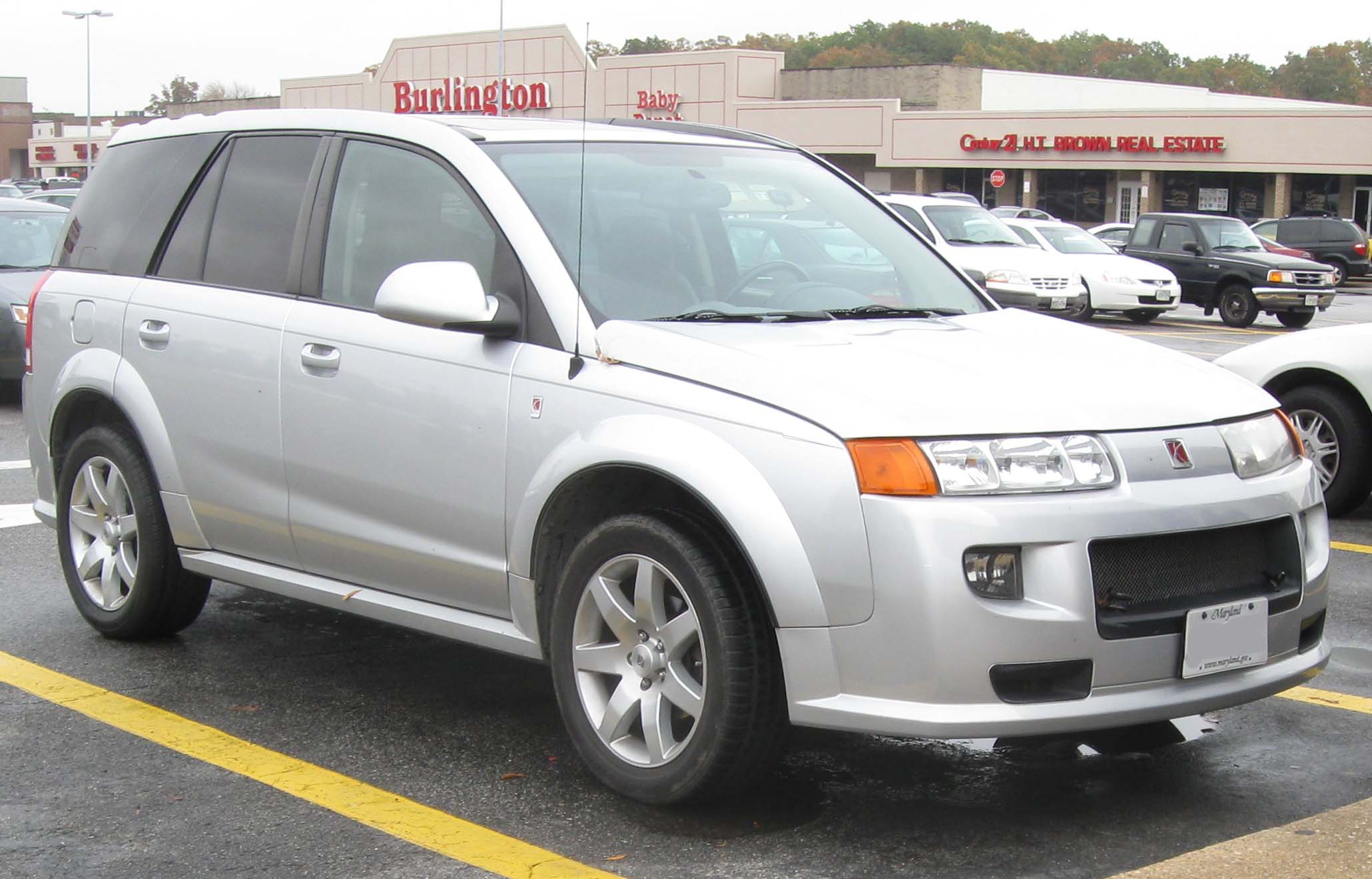|
BAS Hybrid
BAS (belted alternator starter) is a category of automotive parallel hybrid technology that uses an electric motor to contribute power to the internal combustion engine's crankshaft via a serpentine belt. By mounting this motor generator unit in the conventional location traditionally used for the standard automotive alternator (automotive), alternator, it permits a low-cost method of adding mild hybrid capabilities such as start-stop, power assist, and mild levels of regenerative braking. BAS systems differ from other mild hybrid systems as they are not run off the vehicle's crankshaft. Toyota In June 2001, Toyota introduced a BAS hybrid system under the Toyota Hybrid System-Mild (THS-M) brand name. It operates similarly to other mild hybrids with a start-stop system, in that it shuts down the engine as the vehicle comes to a stop and instantly restarts it when the brake pedal is released. THS-M is capable of modest power assist during launch acceleration and similarly modest le ... [...More Info...] [...Related Items...] OR: [Wikipedia] [Google] [Baidu] |
Parallel Hybrid
Hybrid vehicle drivetrains transmit power to the driving wheels for hybrid vehicles. A hybrid vehicle has multiple forms of motive power, and can come in many configurations. For example, a hybrid may receive its energy by burning gasoline, but switch between an electric motor and a Internal combustion engine, combustion engine. A typical powertrain includes all of the components used to transform stored potential energy. Powertrains may either use chemical, solar, nuclear or kinetic energy for propulsion. The oldest example is the steam locomotive. Modern examples include electric bicycles and hybrid electric vehicles, which generally combine a Electric-vehicle battery, battery (or supercapacitor) supplemented by an internal combustion engine (ICE) that can either recharge the batteries or power the vehicle. Other hybrid powertrains can use flywheels to store energy. Among different types of hybrid vehicles, only the electric/ICE type is commercially available as of 2017. One vari ... [...More Info...] [...Related Items...] OR: [Wikipedia] [Google] [Baidu] |
Straight-six Engine
A straight-six engine (also referred to as an inline-six engine; abbreviated I6 or L6) is a piston engine with six cylinders arranged in a straight line along the crankshaft. A straight-six engine has perfect primary and secondary engine balance, resulting in fewer vibrations than other designs of six or fewer cylinders. Until the mid-20th century, the straight-six layout was the most common design for engines with six cylinders. However, V6 engines gradually became more common in the 1970s and by the 2000s, V6 engines had replaced straight-six engines in most light automotive applications. Characteristics In terms of packaging, straight-six engines are almost always narrower than a V6 engine or V8 engine, but longer than straight-four engines, V6s, and most V8s. Compared to V-configuration engines with similar power and displacement, the straight configuration has fewer injectors, a single head, and a single exhaust manifold, all contributing to better reliability and perfor ... [...More Info...] [...Related Items...] OR: [Wikipedia] [Google] [Baidu] |
Buick LaCrosse
The Buick LaCrosse is a four-door, front-wheel-drive sedan manufactured by Buick since model year 2005, and marketed variously across four generations for the North American and Chinese markets. The first-generation LaCrosse replaced the Century and Regal in North America beginning for model year 2005 as a five- or six-passenger, four-door, front-wheel-drive, V6-powered sedan using GM's mid-size W platform—and marketed in Canada as the Buick Allure. Notably, the first generation was also offered with a V8 engine, as a high-performance sub-model marketed as the ''LaCrosse Super'' (2008–2009). LaCrosse production and marketing began for China with model year 2006. The second-generation LaCrosse was introduced for 2010 as a larger premium sedan for North American and Chinese markets using a long-wheelbase (LWB) variant of the Epsilon II platform shared with the Cadillac XTS—and available solely as a five-passenger sedan with a range of four- and six-cylinder engi ... [...More Info...] [...Related Items...] OR: [Wikipedia] [Google] [Baidu] |
LA Auto Show
The Los Angeles Auto Show, also known as the LA Auto Show, is an auto show held annually at the Los Angeles Convention Center in Los Angeles, California, United States. It is open to the public for ten days, filling of exhibit space. Since 2006 the event is held in November or December. The LA Auto Show is an OICA sanctioned international exhibition. It is one of the four major auto shows in North America together with Detroit, Chicago and New York. The show begins with AutoMobility LA, a several day press showing. History The Los Angeles Auto Show began in 1907 with ninety-nine vehicles on display at Morley's Skating Rink. In 1910, the event was held under a canvas big top at Fiesta Park. As the auto industry grew, the auto show changed venues four times throughout the 1920s to accommodate the growing needs of vendors. In 1926, it took place at the corner of Hill and Washington where it stayed for the next four years. During the 1929 show, a short circuit in one o ... [...More Info...] [...Related Items...] OR: [Wikipedia] [Google] [Baidu] |
Battery Leakage
Battery leakage is the escape of chemicals, such as electrolytes, within an electric battery due to generation of pathways to the outside environment caused by factory or design defects, excessive gas generation, or physical damage to the battery. The leakage of battery chemical often causes destructive corrosion to the associated equipment and may pose a health hazard. Leakage by type Primary Zinc–carbon Zinc–carbon battery, Zinc–carbon batteries were the first commercially available battery type and are still somewhat frequently used, although they have largely been replaced by the similarly composed alkaline battery. Like the alkaline battery, the zinc–carbon battery contains manganese dioxide and zinc electrodes. Unlike the alkaline battery, the zinc–carbon battery uses ammonium chloride as the electrolyte (zinc chloride in the case of "heavy-duty" zinc–carbon batteries), which is acidic. Either when it has been completely consumed or after three to five years ... [...More Info...] [...Related Items...] OR: [Wikipedia] [Google] [Baidu] |
Cobasys
Cobasys LLC is an American automotive technology corporation. It supplies nickel metal hydride (NiMH) batteries, battery control systems, and packaged solutions for automotive applications, uninterruptible power supplies, telecommunications applications, and distributed power generation. For 8 years ending in 2009, Cobasys was a 50-50 joint venture between California-based Chevron Corporation and Michigan-based Energy Conversion Devices, Inc. (also called ECD Ovonics, ECD, or Ovonics)Roberson, JSupplier Cobasys exploring more hybrid batteries. ''Detroit Free Press'', 2007-03-14. Retrieved on 2007-08-06. The intermediary hierarchy of ownership was that Cobasys LLC was owned by Chevron's subsidiary Chevron Technology Ventures LLC, and ECD Ovonics' subsidiary Ovonic Battery Company.Ovonic Materials ... [...More Info...] [...Related Items...] OR: [Wikipedia] [Google] [Baidu] |
Air Conditioning
Air conditioning, often abbreviated as A/C (US) or air con (UK), is the process of removing heat from an enclosed space to achieve a more comfortable interior temperature, and in some cases, also controlling the humidity of internal air. Air conditioning can be achieved using a mechanical 'air conditioner' or through other methods, such as passive cooling and ventilative cooling. Air conditioning is a member of a family of systems and techniques that provide Heating, ventilation, and air conditioning, heating, ventilation, and air conditioning (HVAC). Heat pumps are similar in many ways to air conditioners but use a reversing valve, allowing them to both heat and cool an enclosed space. Air conditioners, which typically use vapor-compression refrigeration, range in size from small units used in vehicles or single rooms to massive units that can cool large buildings. Air source heat pumps, which can be used for heating as well as cooling, are becoming increasingly common in cool ... [...More Info...] [...Related Items...] OR: [Wikipedia] [Google] [Baidu] |
Automatic Transmission
An automatic transmission (AT) or automatic gearbox is a multi-speed transmission (mechanics), transmission used in motor vehicles that does not require any input from the driver to change forward gears under normal driving conditions. The 1904 Sturtevant "horseless carriage gearbox" is often considered to be the first true automatic transmission. The first mass-produced automatic transmission is the General Motors ''Hydramatic'' two-speed hydraulic automatic, which was introduced in 1939. Automatic transmissions are especially prevalent in vehicular drivetrains, particularly those subject to intense mechanical acceleration and frequent idle/transient operating conditions; commonly commercial/passenger/utility vehicles, such as buses and waste collection vehicles. Prevalence Vehicles with internal combustion engines, unlike electric vehicles, require the engine to operate in a narrow range of rates of rotation, requiring a gearbox, operated manually or automatically, to drive t ... [...More Info...] [...Related Items...] OR: [Wikipedia] [Google] [Baidu] |
GM 4T45 Transmission
The 4T40-E and 4T45-E are a series of automatic transaxles from General Motors. Designed for transverse engine configurations, the series includes 4 forward gears. The 4Txx family replaced the Turbo-Hydramatic 125 transverse three speed automatic introduced in 1980. The "-E" series is electronically controlled and features an automatic overdrive transaxle with an electronically controlled torque converter clutch. Since non-electronic versions of these transmissions do not exist, it is conventional to refer to these models as simply 4T40 and 4T45, leaving out the "-E". The 4T40 and 4T45 were assembled at Windsor Transmission in Windsor, Ontario, Canada. 4T40 The "MN4" 4T40E is able to handle vehicles up to 4000 lb (1814 kg) GVWR. The final drive ratio can vary depending on the car's curb weight and engine power output. 3.91, 3.63, 3.29, 3.05, 3.69, and 3.42 are all of the available ratios used in the 4T40 (and 4T45) transmission; Made possible by using combinations s ... [...More Info...] [...Related Items...] OR: [Wikipedia] [Google] [Baidu] |
Chevrolet Malibu
The Chevrolet Malibu is a mid-size car that was manufactured and marketed by Chevrolet from 1964 to 1983 and from 1997 to 2025. The Malibu began as a trim-level of the Chevrolet Chevelle, becoming its own model line in 1978. Originally a rear-wheel drive, rear-wheel-drive intermediate, General Motors, GM revived the Malibu nameplate as a front-wheel-drive car in 1997. Named after the coastal community of Malibu, California, the Malibu has been marketed primarily in North America, with the eighth generation introduced globally. Malibu production in the US ended in November 2024, as the Fairfax plant is being retooled for the upcoming second-generation Chevrolet Bolt. The Malibu is now the last sedan to have been sold by Chevrolet in the US. __TOC__ First generation (Chevelle Malibu, 1964) The first Malibu was a top-line subseries of the mid-sized Chevrolet Chevelle from 1964 to 1972. Malibus were generally available in a full range of bodystyles including a four-door seda ... [...More Info...] [...Related Items...] OR: [Wikipedia] [Google] [Baidu] |
Saturn Vue
The Saturn Vue is a compact SUV that was built and marketed by Saturn, and it was Saturn's best-selling model. It was the first vehicle to use the GM Theta platform when it was introduced in 2001 for the 2002 model year. The Vue was facelifted for the 2006 model year. A second generation model was launched in 2007 for the 2008 model year as a rebadged Opel Antara. Vue production in North America ended as GM discontinued the Saturn brand as part of the 2009 General Motors Chapter 11 reorganization. __TOC__ First generation (2002) The Vue was designed by Saturn and introduced for the 2002 model year. It was manufactured at the Spring Hill GM plant. Its unibody platform is shared with the Chevrolet Equinox, Pontiac Torrent, and the European Opel Antara. The first generation ran from 2002 through 2007. The Vue was produced trim levels with a four-cylinder (I4) or V6 gasoline engine and a manual or automatic transmission. A Red Line trim was added starting with the 2004 ... [...More Info...] [...Related Items...] OR: [Wikipedia] [Google] [Baidu] |








